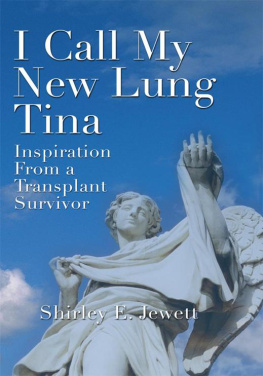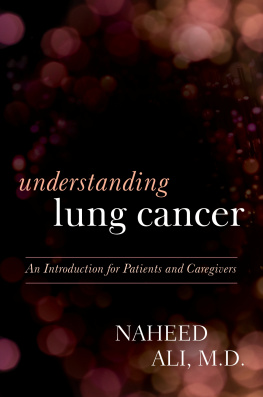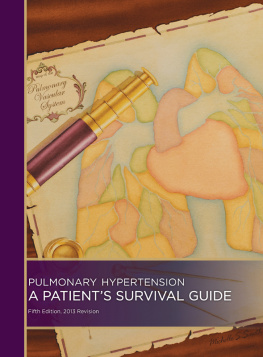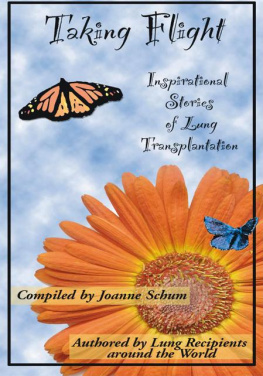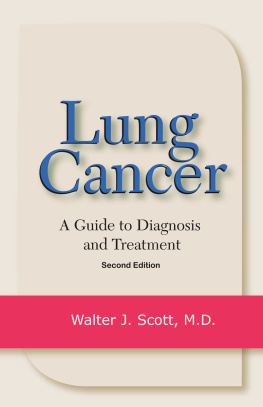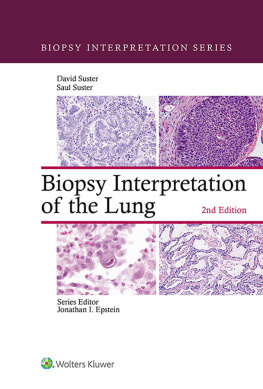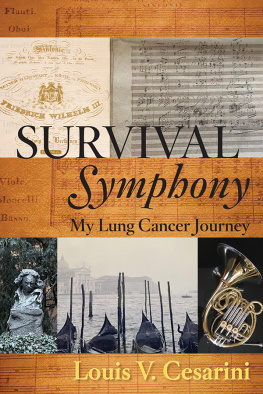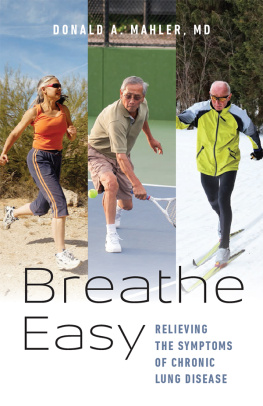I Call My New Lung Tina
Inspiration from a Transplant Survivor
Shirley E. Jewett
SECOND EDITION

Copyright 2002 Shirley Jewett. All rights reserved.
No part of this publication may be reproduced, stored in a retrieval system, or transmitted, in any form or by any means, electronic, mechanical, photocopying, recording, or otherwise, without the written prior permission of the author.
Cover and Book Design by cjsquared design Copyright 2003 by Water Signs Publishing
National Library of Canada Cataloguing in Publication Data
Jewett, Shirley E., 1944- I call my new lung Tina : inspiration from a transplant survivor / Shirley E. Jewett. Includes bibliographical references. ISBN 1-55395-270-7 I. Title. RD539.J48 20023 62.1975420092 C2002-905599-7
TRAFFORD
This book was published on-demand in cooperation with Trafford Publishing. On-demand publishing is a unique process and service of making a book available for retail sale to the public taking advantage of on-demand manufacturing and Internet marketing. On-demand publishing includes promotions, retail sales, manufacturing, order fulfilment, accounting and collecting royalties on behalf of the author.
Suite 6E, 2333 Government St., Victoria, B.C. V8T 4P4, CANADA Phone 250-383-6864 Toll-free 1-888-232-4444 (Canada & US) Fax 250-383-6804 E-mail
1098765432
Contents
Getting to the Good News of
Organ Transplantation
No one ever wants to hear that they have a disease, especially a disease as fatal as severe pulmonary hypertension. For Shirley Jewett the news came with a double blow. There was a cure for her ailmenta lung transplant, but she had to qualify to be listed and the waiting list was long. Doctors told her she had less than a year to live. That diagnosis and prognosis set into motion a series of events that profoundly changed Shirleys life, and might change yours.
This book takes readers through the ups and downs of Shirleys experience, providing insight into the ways patients can take responsibility for their health and their medical treatment. The information is presented through the story of Shirleys journey, and engages the readers interest from the very first page.
I Call My New Lung Tina provides a detailed account of how humor and positive attitude make a profound difference in the healing process, and how a centuries-old energy healing technique is quietly gaining respectability, even among doctors. The narrative recounts some of the good and bad news about the way health care is managed today.
Whether you are a person facing an organ transplant, or you are post-transplant, or you know someone in one of those situationsor even if you are just interested in improving the quality of your lifethis book delivers hope, inspiration and practical information about healing, health and the medical system.
This is far more than just a feel-good book about one womans journey to the other side of a death sentence. It is an instruction manual for surviving a terrifying health challenge with ease and grace, and finding the blessings in the process.
I Call My New Lung Tina is dedicated to the anonymous donor family who said yes to organ donation so that I might be given a second chance at life. Transplantation is one of modern medicines triumphs. Because they allowed their loved ones lung to be given to me, I am alive and well. I can walk and talk again. I am extremely grateful.
Shirley Jewett had a rare disease called primary pulmonary hypertension. Despite the many advances in medical treatment, lung transplantation remains the only way to cure this condition. After managing many of these patients who have severe or end-stage lung diseases, I am still amazed how transplantation can transform a persons life.
I knew Shirley was special from the first moment I met her in my transplant clinic. By the time patients need to consider lung transplantation they have been sick for so long that they simply accept their fate. The whole time that Shirley battled her weight and her very rare disease, she showed a fierce determination that really carried her through the last few years. More remarkable is her ability to maintain a sense of humor throughout.
This book is a chronicle of her journey to a new life and is an inspiration to all of us, patients and doctors alike, who battle potentially fatal diseases every day. I want to thank Shirley for sharing her experience with all of us and for giving us a unique perspective
from a patients point of view.
I hope the book will inspire others to consider organ donation of their loved ones. Many more patients would have been, and many others can still be saved, if more donors are available.
Transplantation remains an area where doctors know a potential cure is available, but where lives are still lost every day because of limited resources.
Gordon Yung, MD
Growing up I always loved mysteries. Sherlock Holmes was my favorite detective. On Saturday mornings, I watched the old black-and-white films starring Basil Rathbone. With his bumbling companion Dr. Watson scuttling along at his side, Holmes would acquire a little bit of information, a clue here and there, and at the end of the movie Holmes came to an unexpected conclusion and discovered whodunit.
The saga of how I found out why I didnt feel well and how I was fixed can be compared to one of Sir Arthur Conan Doyles storiesobservable clues, a couple of bad guys, a good guy, educated assumptions, second-guessing, trial and error, death and a second chance.
Elementary, my dear Watson, as Holmes would say.
You gain strength, courage and confidence by every experience in which you really stop to look fear in the face. You must do the things you think you cannot do.
Eleanor Roosevelt
I had PPH and
there was no hope.
The cardiologist stammered, Im so sorry. You have less than a year to live. What you have is fatal. There is no treatment or cure.
I didnt believe it.
The next morning, I asked the pulmonologist to review the medications the cardiologist had prescribed. My husband Roy asked him what treatments were available. He shook his head.
No treatment or cure, he said, repeating the death sentence I received from the cardiologist. Better get your affairs in order right away. In my years of practice, all my primary pulmonary hypertension patients have died before their next birthday.
Roy and I were stunned. We held each other and cried.
Life and Death
1944-1999
I was born January 27, 1944 in Kansas City, Missouri. I grew up in Southern California in the Fifties. Before the arrival of my siblings, Sharon and Robert, I lived with my parents, Erie and Grace Lane, my paternal grandparents, Note and Jemima Lane; and Mothers sister Charlotte and brother Frank in a little green Craftsman-style bungalow with a big front porch on Seventy-Fourth Street in downtown Los Angeles.
My only memories of Los Angeles come from my parents stories and faded old black-and-white photographs. Mother showed me photos of a towheaded fair-skinned child tumbling or standing on her head or sitting with a big, ugly, black, half German Shepherd, half Chow dog named Wolf. Sometimes, I wore a frilly party dress and stood posed like a model. Mother wanted me to be trained like my namesake, Shirley Temple. She took me to ballet, gymnastics and tap lessons on the bus since we didnt have a car. Dads Aunt Quinn, who owned our house, lived on the
same tree-lined street. Dad drove a bus in those days.
Mother did not work, of course. I was a happy kid, but suffered from a cold all the time. Living with six heavy smokers can irritate a little girls respiratory system.
Next page
